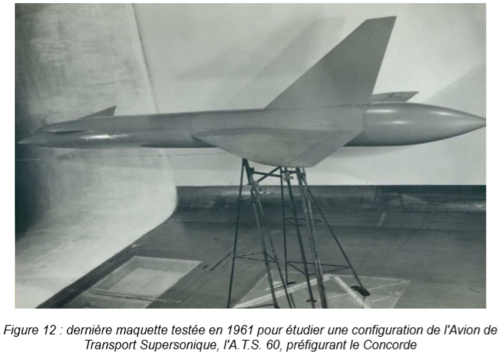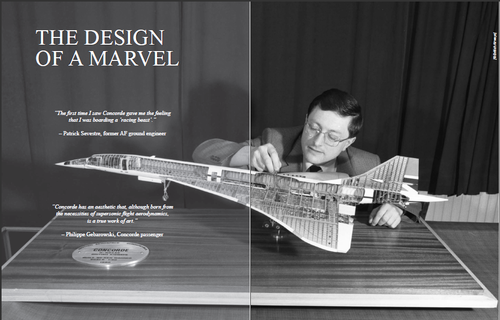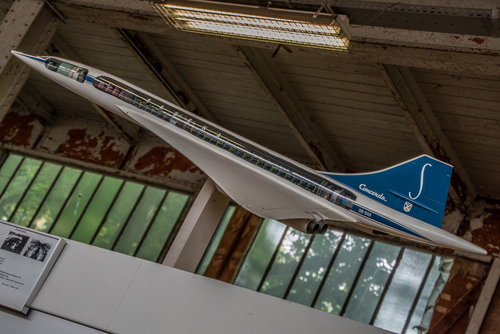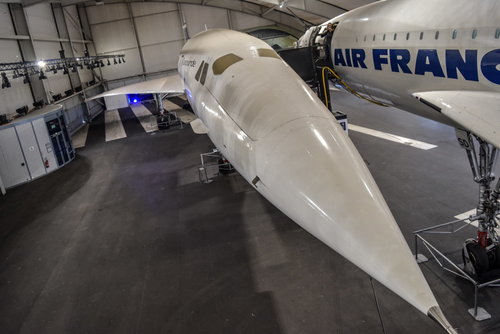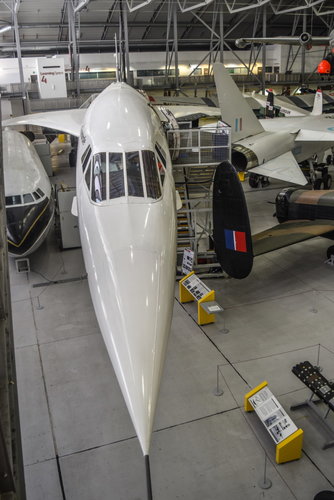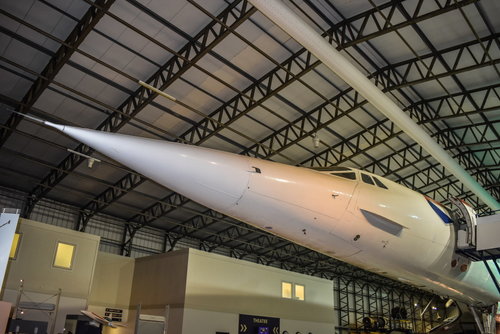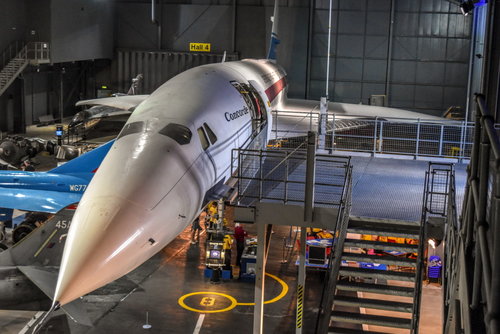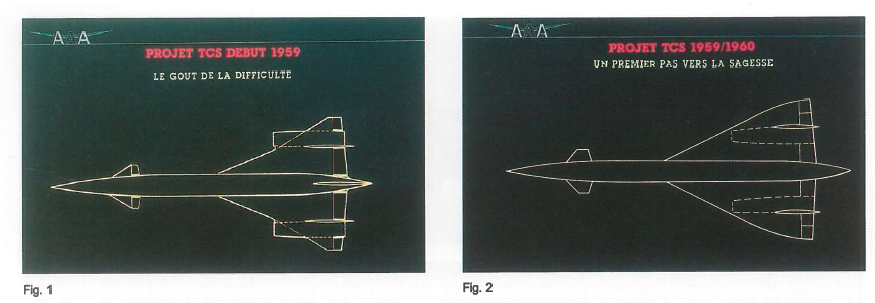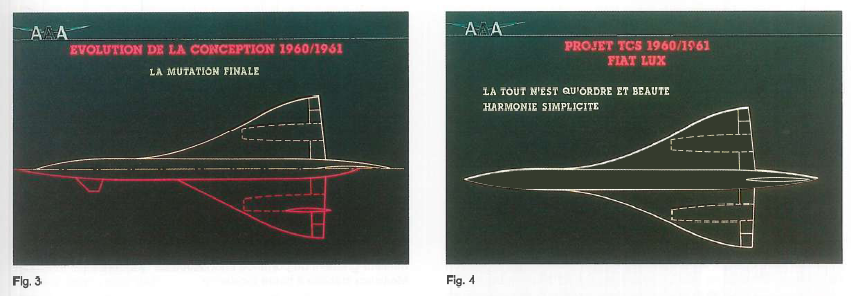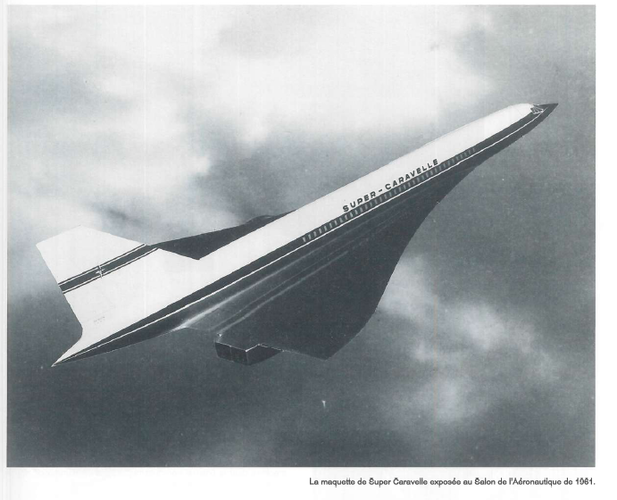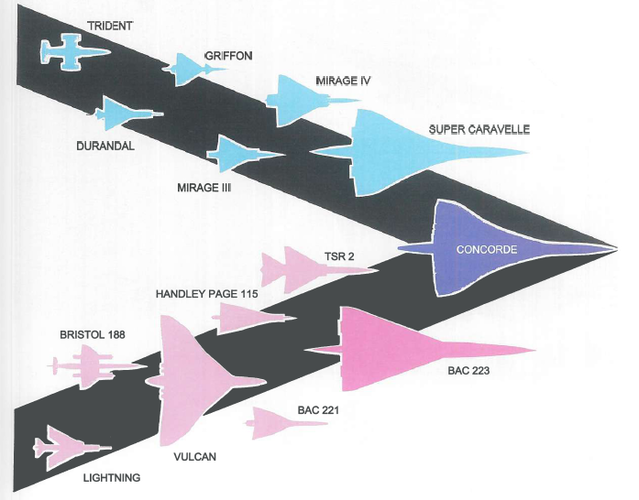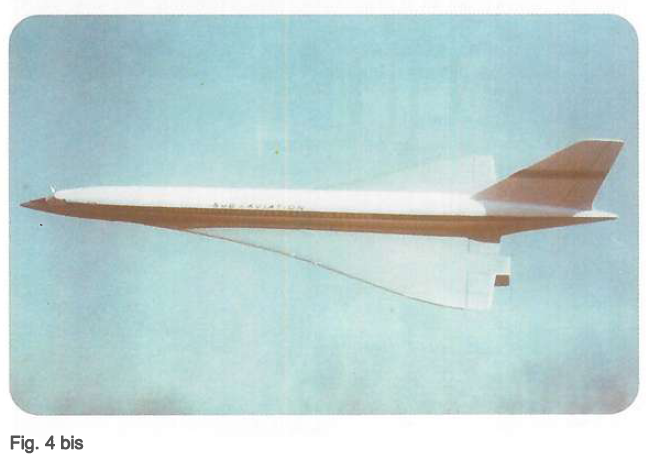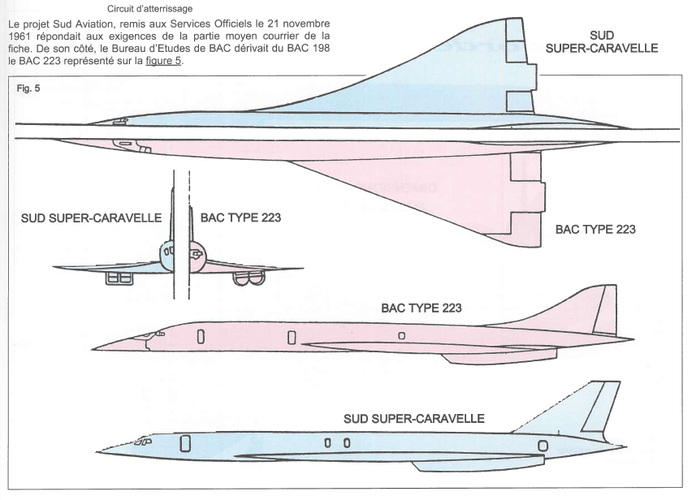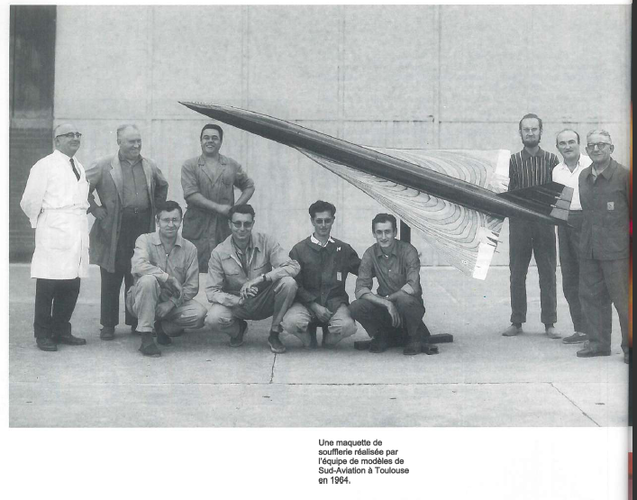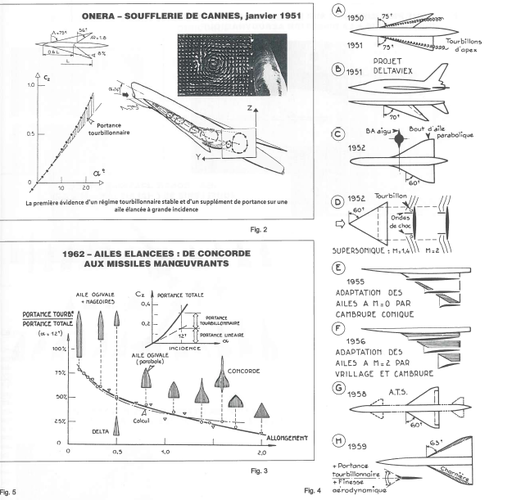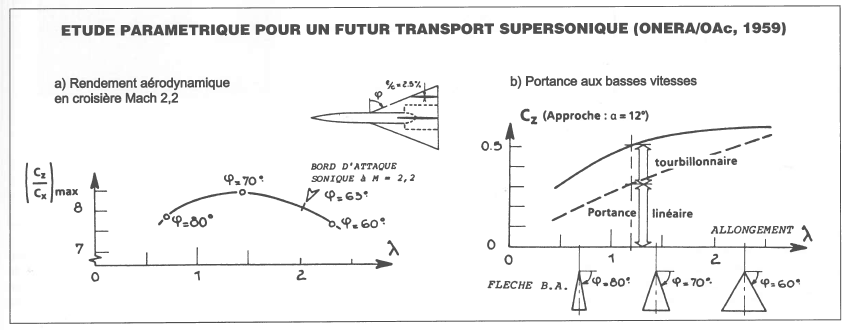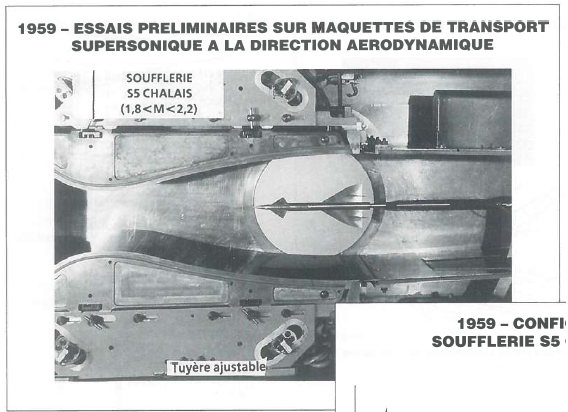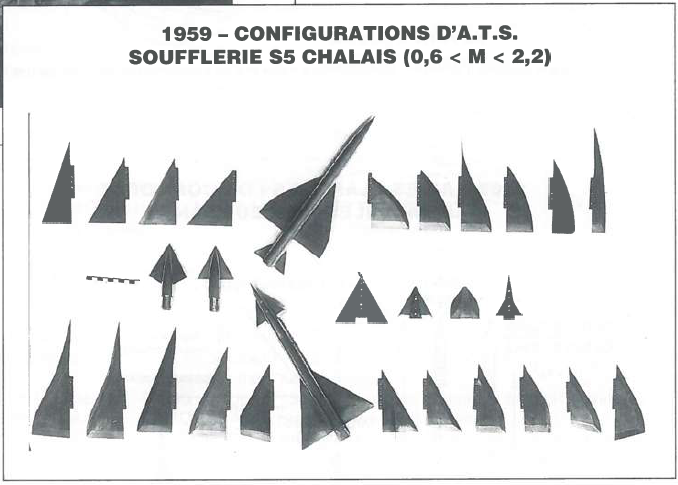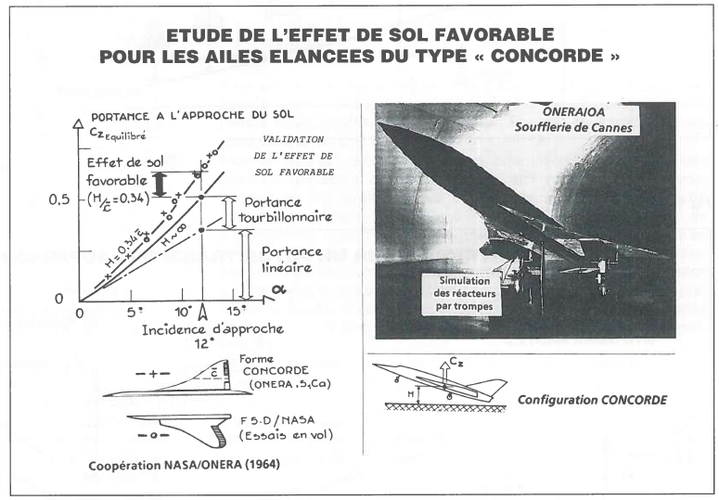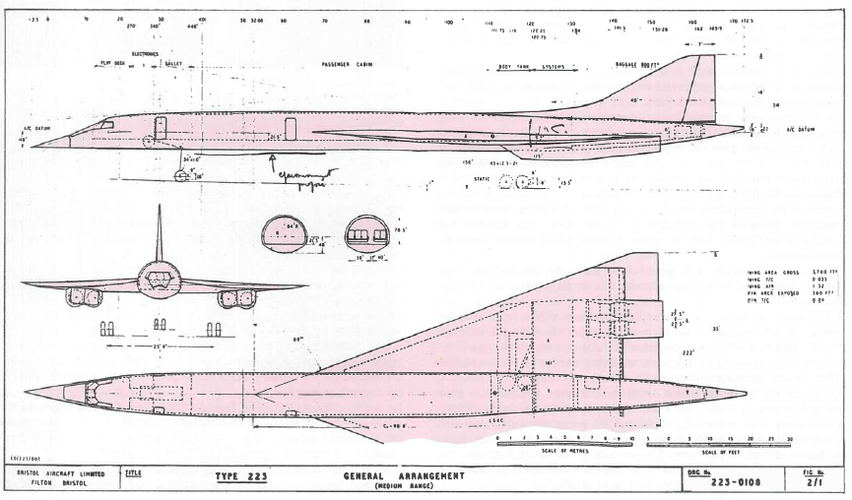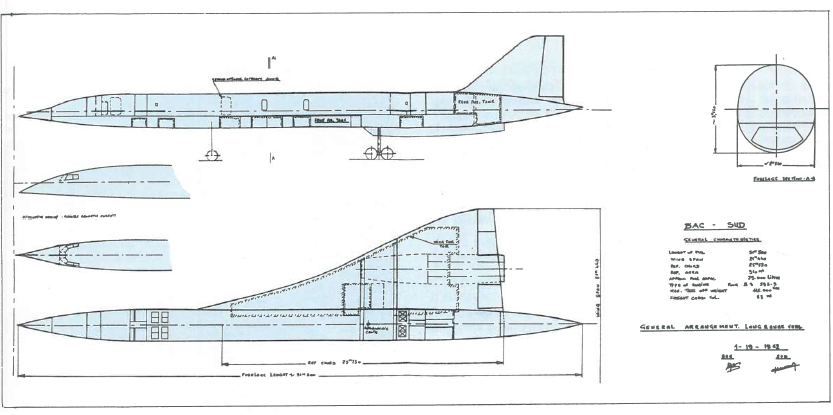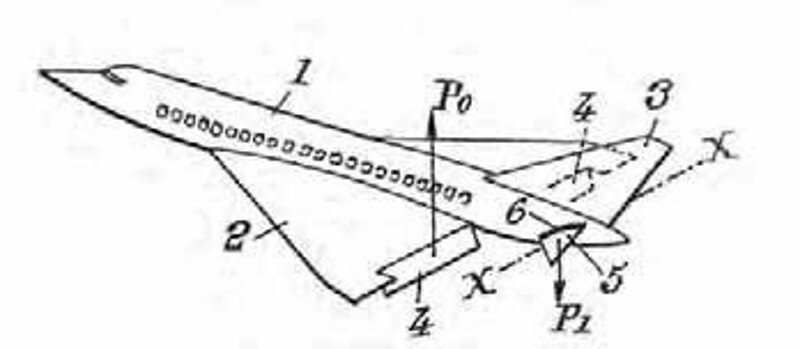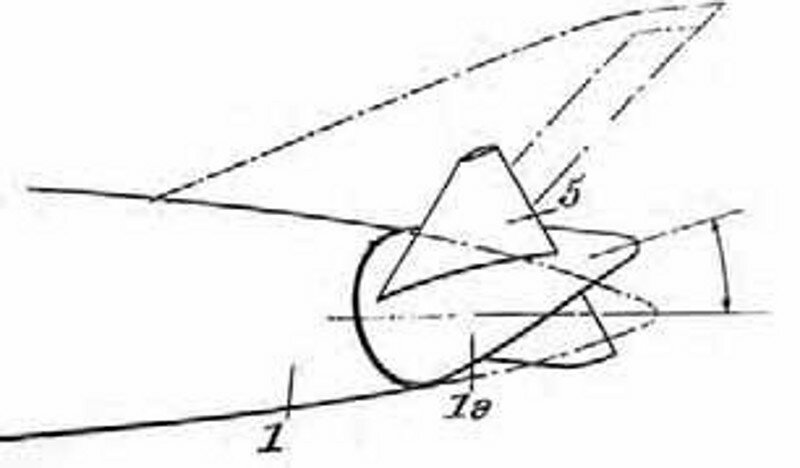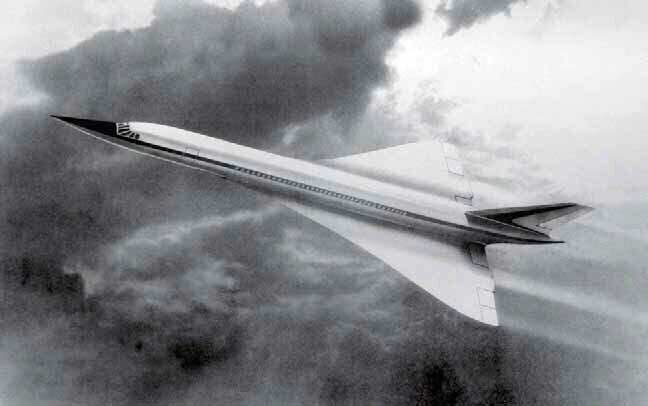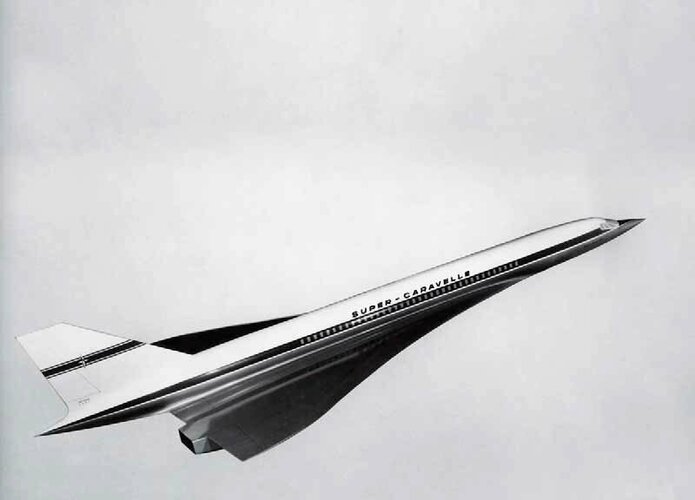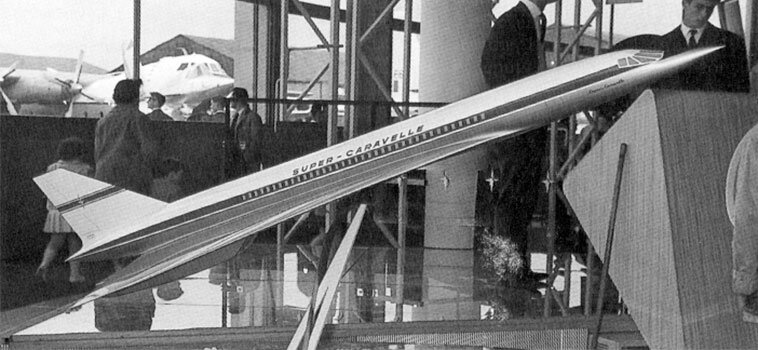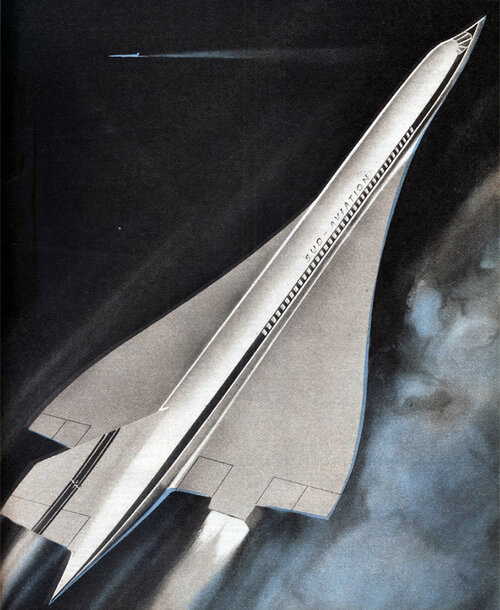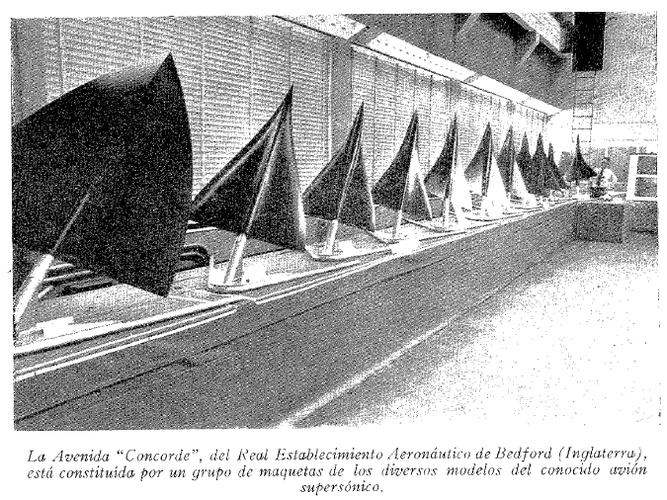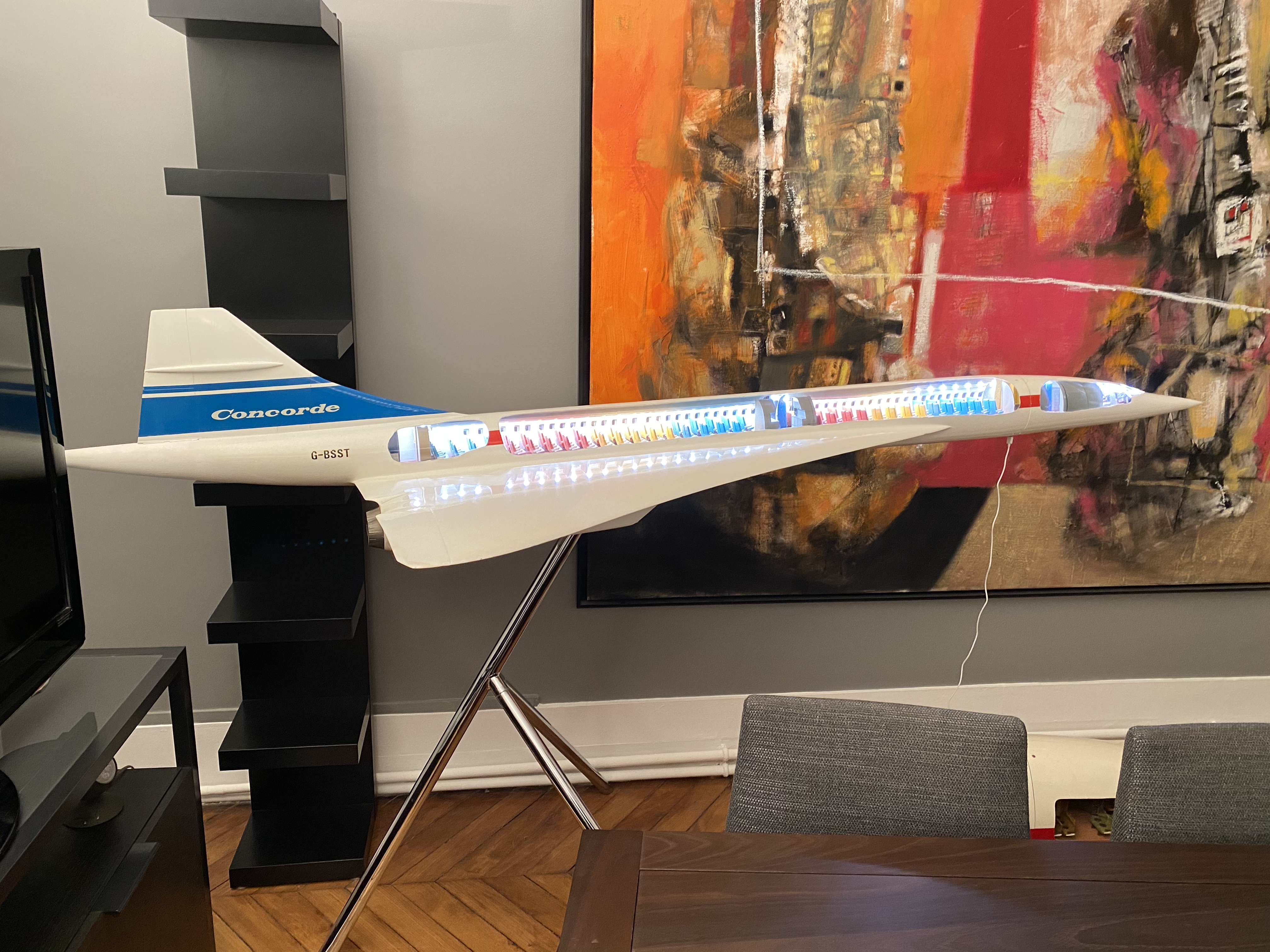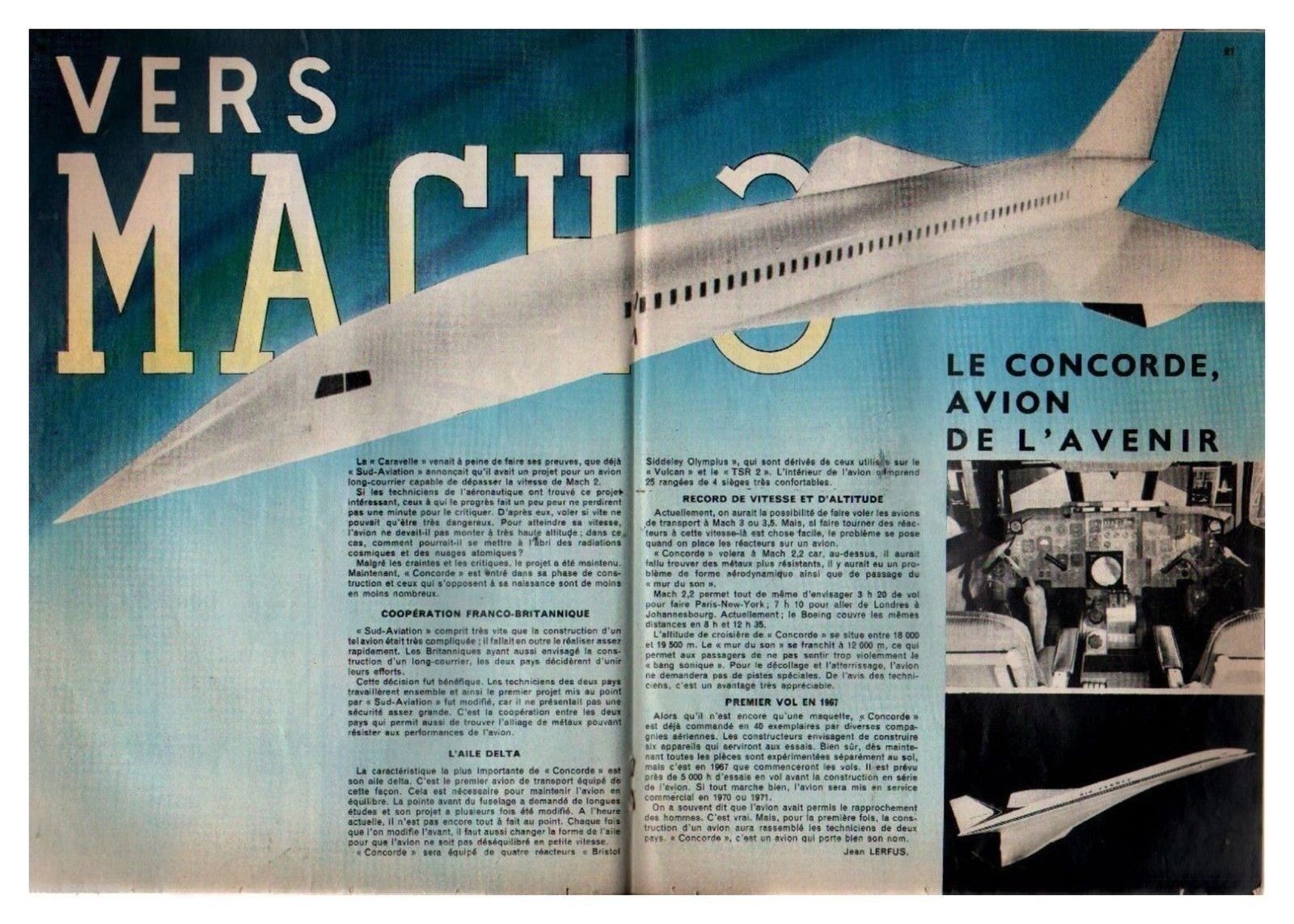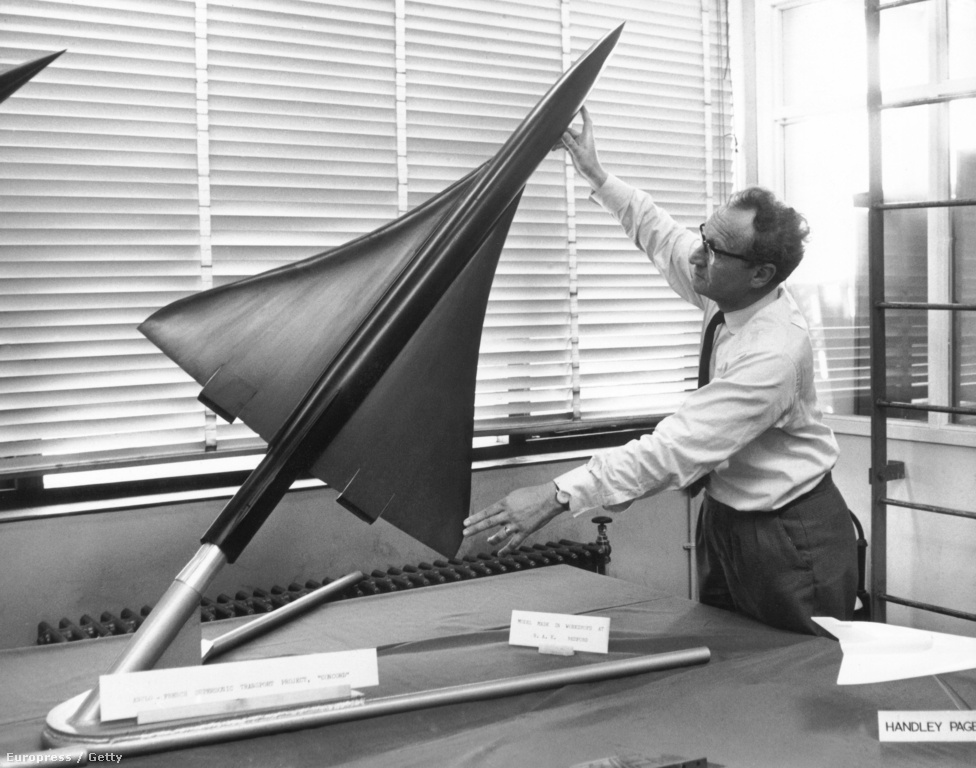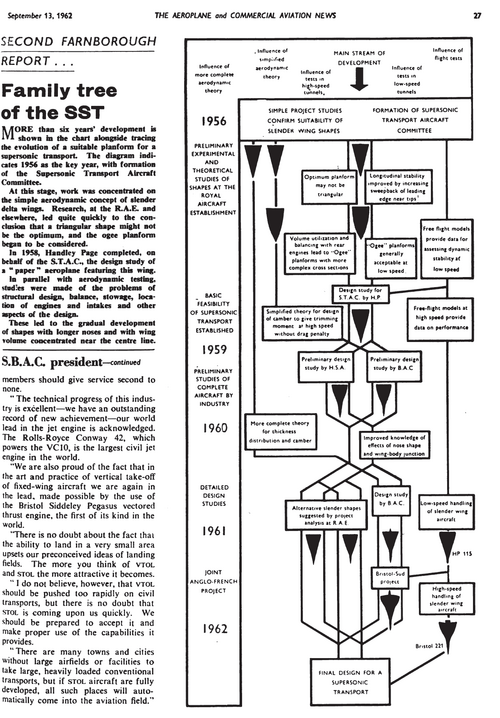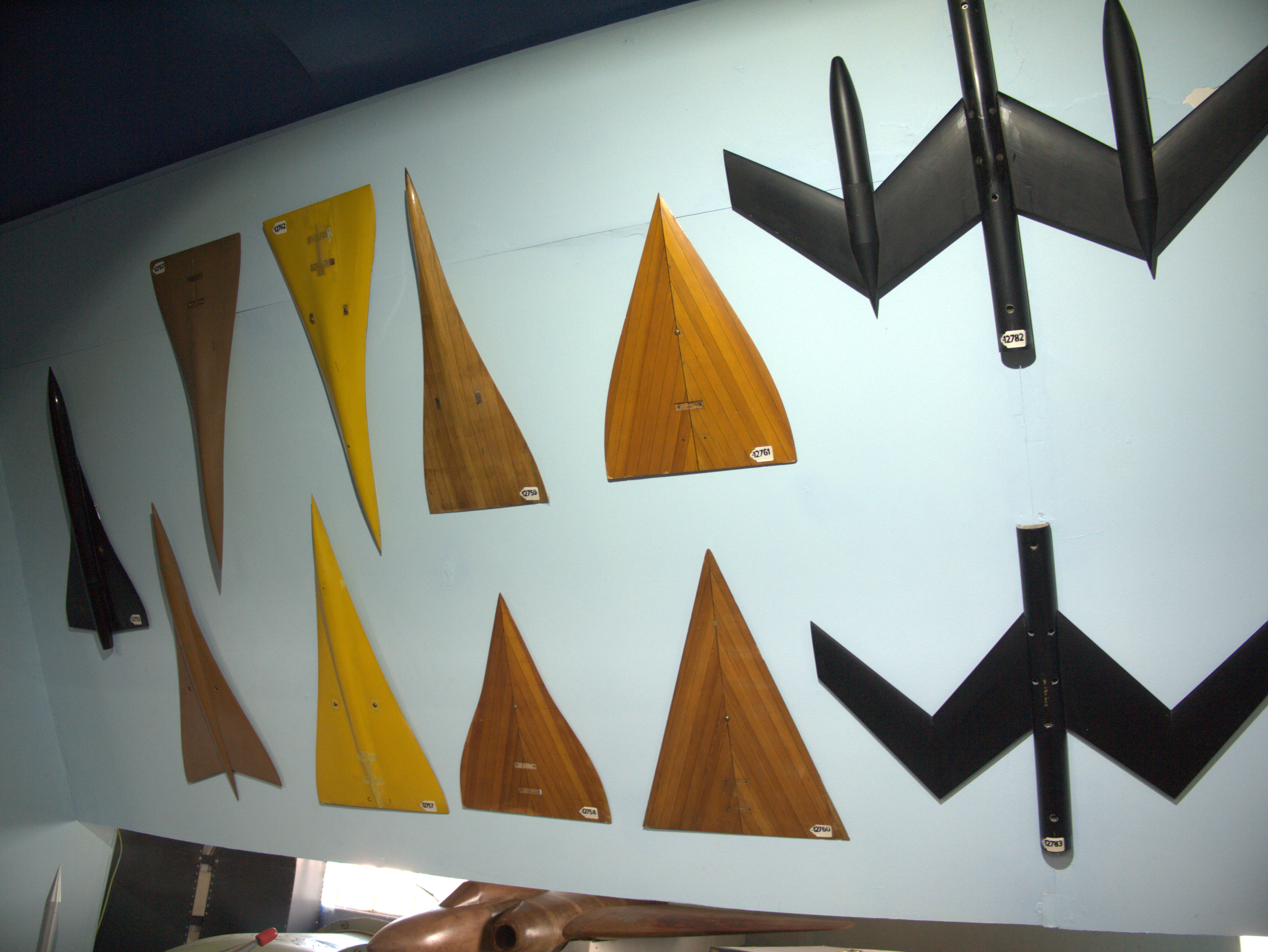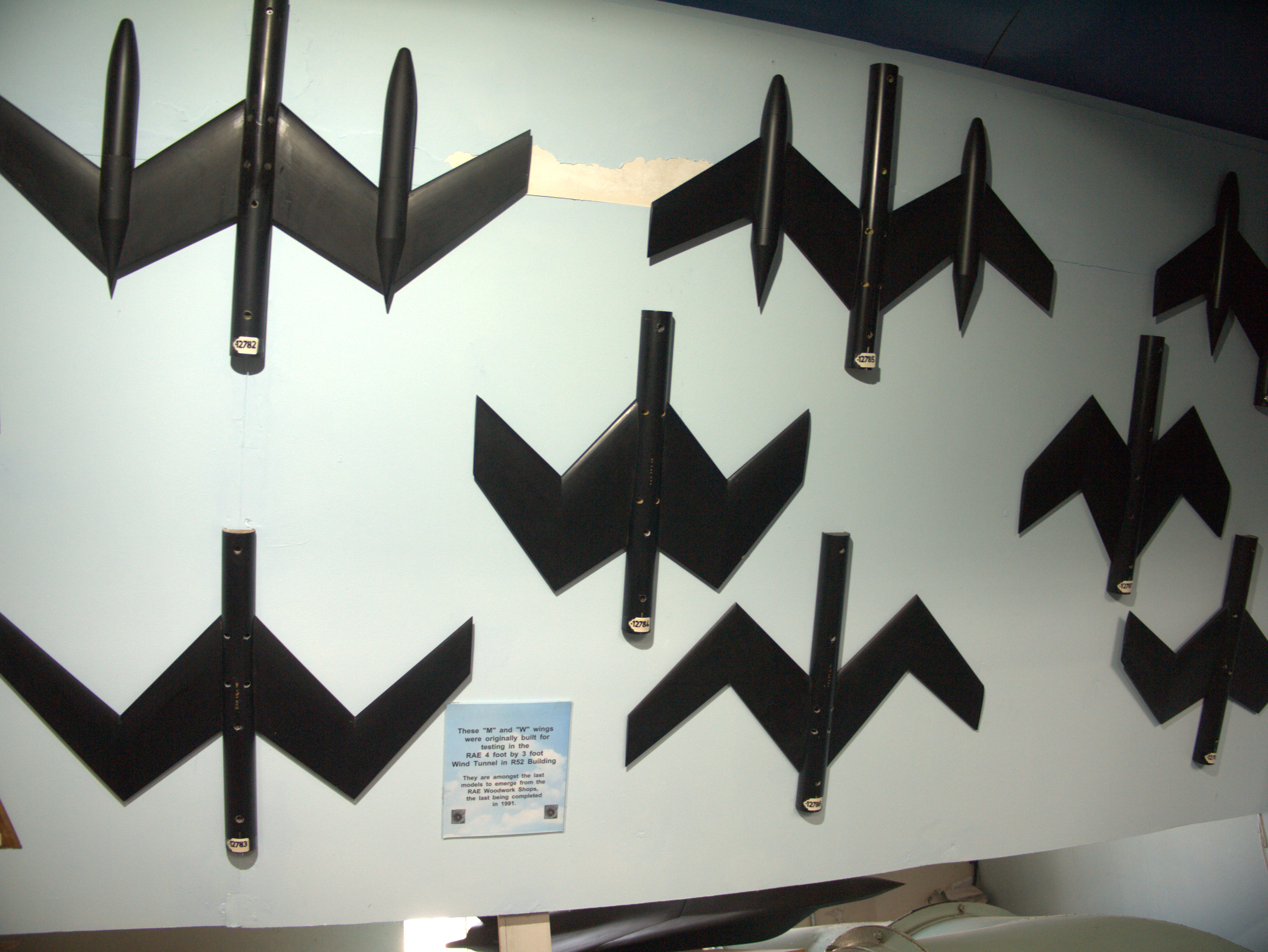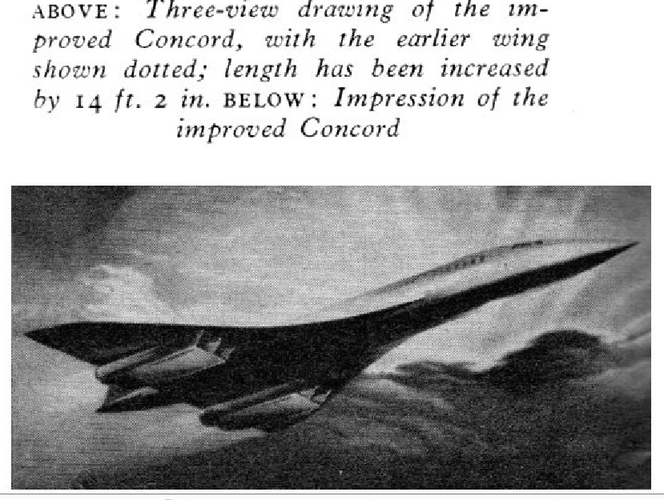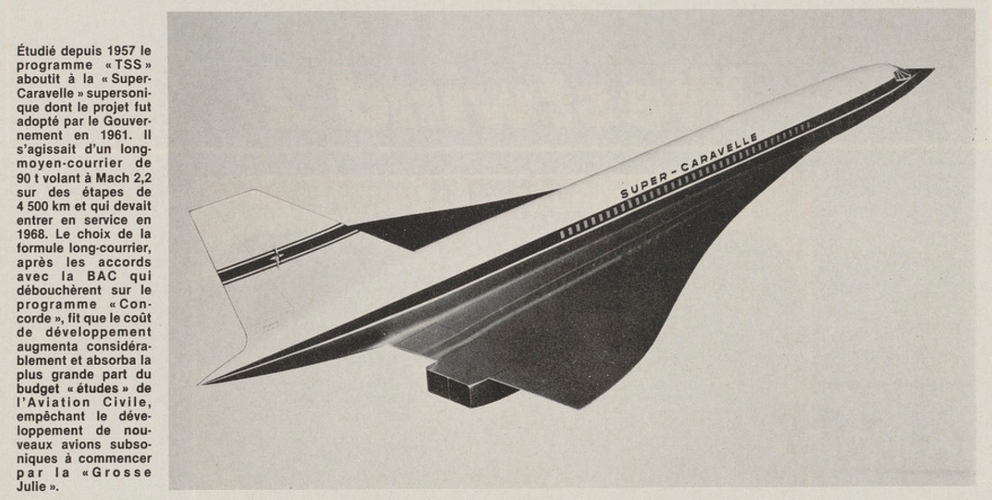Perfect_Zero
I really should change my personal text
- Joined
- 7 February 2012
- Messages
- 1
- Reaction score
- 3
According to a couple of online sources there were at least four planned production Concorde models, and three were produced. I believe that the differences were just superficial changes to the interiors similar to how Boeing once identified dozens of models of airliners customized to their customers' preferences.
Concorde 100 - basic model
Concorde 101 - variant customized for Air France
Concorde 102 - variant customized for British Airways
Concorde 103 - variant customized for Pan-Am (not built)
Does anyone have any sources to confirm this? I would like to know if Aerospatiale/BAC had planned other variants for those other airlines that eventually cancelled their orders like Pan-Am did.
Cheers!
Concorde 100 - basic model
Concorde 101 - variant customized for Air France
Concorde 102 - variant customized for British Airways
Concorde 103 - variant customized for Pan-Am (not built)
Does anyone have any sources to confirm this? I would like to know if Aerospatiale/BAC had planned other variants for those other airlines that eventually cancelled their orders like Pan-Am did.
Cheers!

